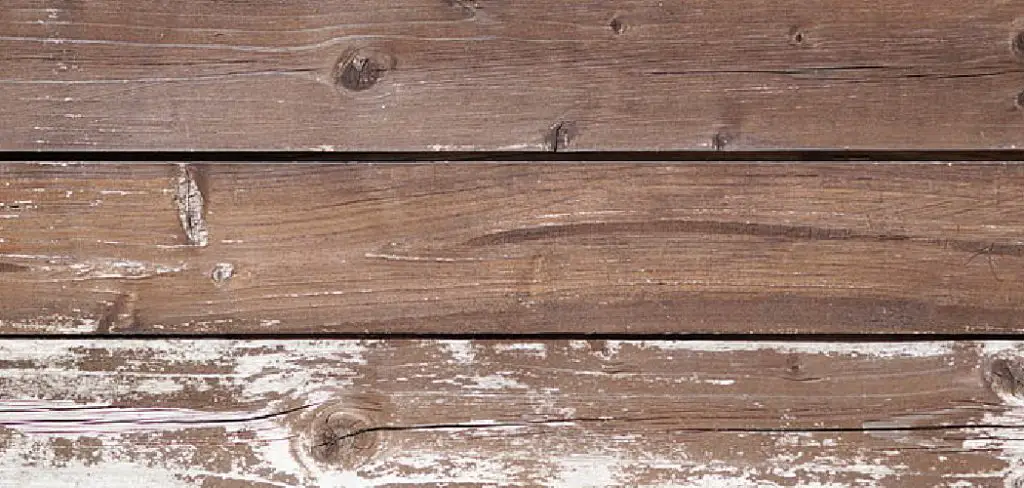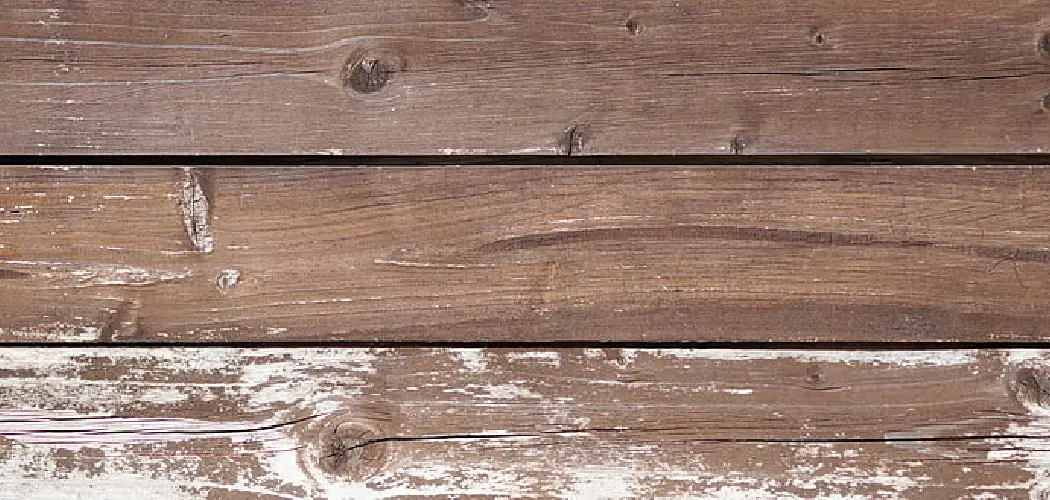Mastering the art of cutting slat wall panels opens up a world of possibilities for customized storage solutions and versatile displays in your home or workspace. Slat walls, with their horizontal grooves, offer a modular system for hanging shelves, hooks, and various accessories.

However, achieving a precise and clean cut is crucial for seamlessly integrating slat wall panels into your design. In this guide, we’ll explore how to cut slat wall effectively.
Whether you’re a seasoned DIY enthusiast or tackling this project for the first time, understanding the intricacies of the cutting process is key to ensuring a professional finish. Join us as we navigate through the steps of measuring, marking, and executing precise cuts, empowering you to unlock the full potential of slat wall systems with confidence and precision.
Identifying Common Materials Used in Slat Walls
Slat walls are a popular storage solution in retail stores, garages, and other commercial spaces. They are made up of horizontal slats or panels that have grooves along their length to accommodate hooks, shelves, and other display accessories. Slat walls provide a flexible and customizable way to organize and display items.
When it comes to cutting slat walls, the first step is to identify the material used in its construction. This will ensure that you use the appropriate tools and techniques for a clean and accurate cut. Here are some common materials used in slat walls:
Medium Density Fiberboard (MDF)
MDF is a widely used material in slat walls due to its affordability and easy workability. It is made from wood fibers and resin, compressed together to form a dense and uniform panel. MDF is smooth and even in texture, making it perfect for painting or laminating. However, it is prone to chipping and splintering when cut with dull tools.
Plywood
Plywood is another popular material used in slat walls. It is made from thin layers of wood veneer that are glued together to form a strong and stable panel. Plywood is known for its strength and durability, making it ideal for heavy-duty applications. It also has a smooth surface that can be painted or stained.

Solid Wood
Solid wood slat walls offer a more natural and rustic look compared to MDF and plywood options. They are made from a single piece of wood, usually pine or cedar, and can be left unfinished for a more organic aesthetic. However, solid wood slat walls are more expensive and require special care to prevent warping or cracking.
Plastic
Plastic slat walls are becoming increasingly popular due to their lightweight and durable nature. They are made from high-density polyethylene (HDPE) or polystyrene (PS) and are available in a wide range of colors and designs. Plastic slat walls are easy to install, maintain, and clean, but they may not be as strong as the other materials mentioned.
10 Methods How to Cut Slat Wall
1. Use a Power Saw
The most efficient way to cut slat walls is to use a power saw, such as a circular saw or miter saw. When using a power saw, make sure to wear safety goggles and gloves for protection. Additionally, make sure that the blade is sharp and securely attached to the saw before starting the cut.
2. Use a Jigsaw
Another method of cutting slat walls is to use a jigsaw. This type of saw is ideal for making curved or irregular cuts in the material. When using a jigsaw, make sure to wear safety goggles and gloves for protection. Additionally, make sure that the blade is sharp and securely attached to the saw before starting the cut.
3. Use an Electric Hand Saw
An electric hand saw can also be used to cut slat wall material. This type of saw is ideal for making straight cuts in the material without having to worry about kickback from a power tool like a circular or miter saw.

When using an electric hand saw, make sure to wear safety goggles and gloves for protection, as well as ensure that the blade is sharp and securely attached to the saw before starting the cut.
4. Use Tin Snips
Tin snips can be used to cut slat wall material into smaller pieces if needed. This type of tool can be used on both thin and thick materials with ease, although it may take longer than other methods due its manual nature. When using tin snips, make sure to wear safety goggles and gloves for protection as well as ensure that they are sharp before starting your cut.
5. Use Scissors
Scissors are another option when it comes to cutting slat wall material into smaller pieces if needed. This type of tool can be used on both thin and thick materials with ease; however, it may take longer than other methods due to its manual nature. When using scissors, make sure to wear safety goggles and gloves for protection, as well as ensure that they are sharp before starting your cut.
6. Use A Router
A router can also be used when cutting slat wall material into smaller pieces if needed; however, this method should only be attempted by experienced users due to its complexity compared with other methods mentioned above.
When using a router, make sure you have all necessary safety equipment, such as eye protection and work gloves, ready before beginning your project. Additionally, ensure that your router bit is sharp enough before attempting any cuts.
7. Use A Drill
Using a drill can help create holes in slat wall material quickly and easily. Make sure you have all necessary safety equipment, such as eye protection, work gloves, dust mask, etc., ready before beginning your project. Additionally, ensure that your drill bit is sharp enough before attempting any holes.

8. Use A Hammer And Chisel
Using a hammer and chisel can help create holes in slat wall material quickly and easily. Make sure you have all necessary safety equipment, such as eye protection, work gloves, dust mask, etc., ready before beginning your project. Additionally, ensure that your chisel is sharp enough before attempting any holes.
9. Use An Angle Grinder
An angle grinder can also be used when cutting slat wall material into smaller pieces if needed; however, this method should only be attempted by experienced users due to its complexity compared with other methods mentioned above.
When using an angle grinder, make sure you have all necessary safety equipment, such as eye protection, work gloves, dust mask, etc., ready before beginning your project. Additionally, ensure that your angle grinder disc is sharp enough before attempting any cuts.
10. Use A Heat Gun
Using a heat gun can help create curves in slat wall material quickly and easily. Make sure you have all necessary safety equipment, such as eye protection, work gloves, dust mask, etc., ready before beginning your project. Additionally, ensure that you follow all manufacturer instructions regarding the proper usage of heat guns when working with different types of materials.
Things to Consider When Cutting Slat Wall
When it comes to cutting slat wall, there are a few important things to consider in order to achieve the best results. Here are some factors that should be taken into account before starting the cutting process.
Material Type
The type of material used for the slat wall can greatly affect how it should be cut. Slat walls can be made from various materials such as wood, plastic, metal, or MDF (medium-density fiberboard). Each material has its own unique properties and requires different cutting techniques. For example, wood may be easier to cut with a saw while plastic may require a specialized cutter.

Thickness
The thickness of the slat wall is also an important factor to consider. Thicker slat walls may require more powerful tools and techniques in order to cut through them effectively. On the other hand, thinner slat walls may be easier to cut and may not need as much force.
Cutting Tools
Choosing the right cutting tool is crucial in achieving a clean and precise cut. For wood slat walls, a table saw or circular saw can be used, while for plastic or metal slat walls, a jigsaw or specialized cutter may be needed. It is important to carefully select the appropriate tool for the type and thickness of the slat wall being cut in order to avoid damaging the material.
Conclusion
As you can see, cutting slat wall isn’t a difficult process if you have the right tools and materials. By following the steps outlined in this blog post, you should be able to efficiently and safely get your job done with quality results. Keep in mind that while some varying strategies may work better for certain materials, the process detailed here is likely to give you a good overall result on any type of slat wall.
If there’s something about this process that doesn’t make sense or if questions come up throughout, consult experienced professionals who can provide guidance. So now that you know how to cut slat wall, get out there and start completing your projects!

